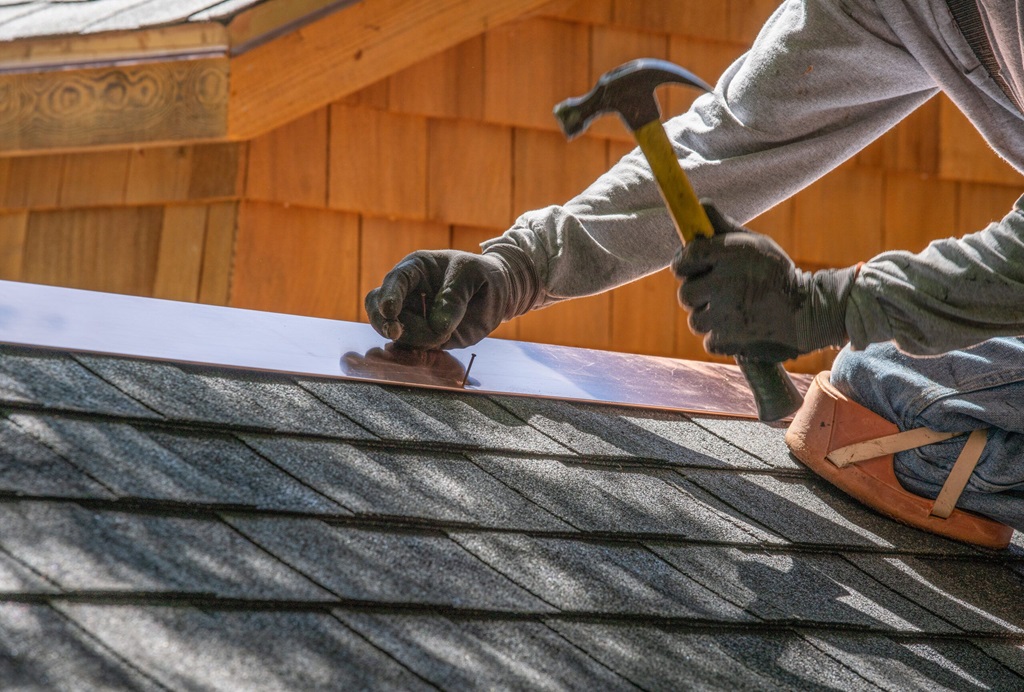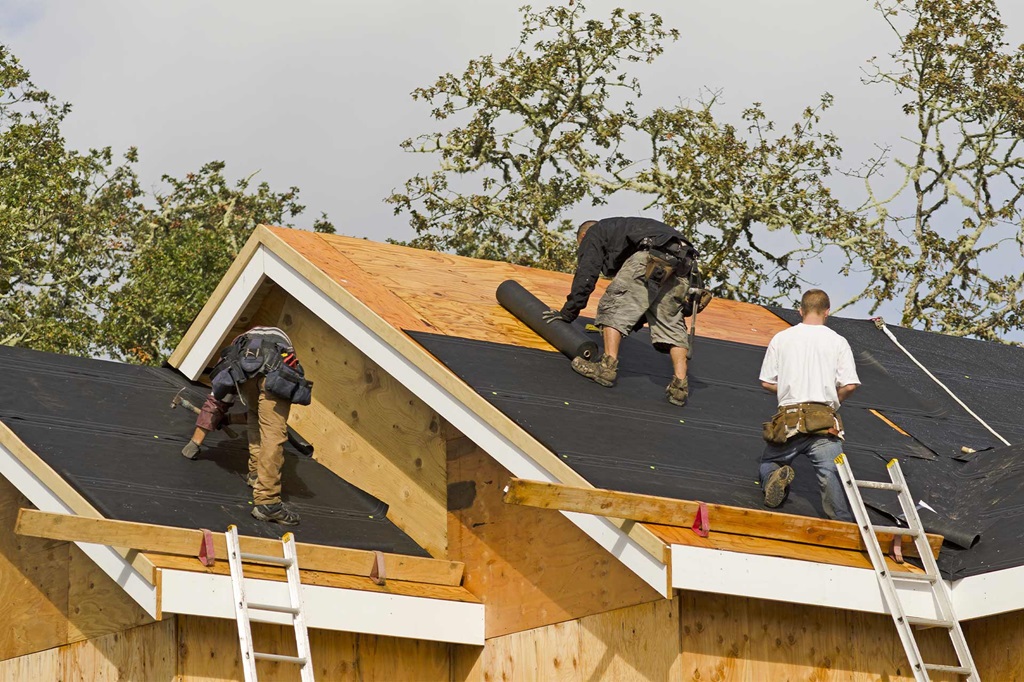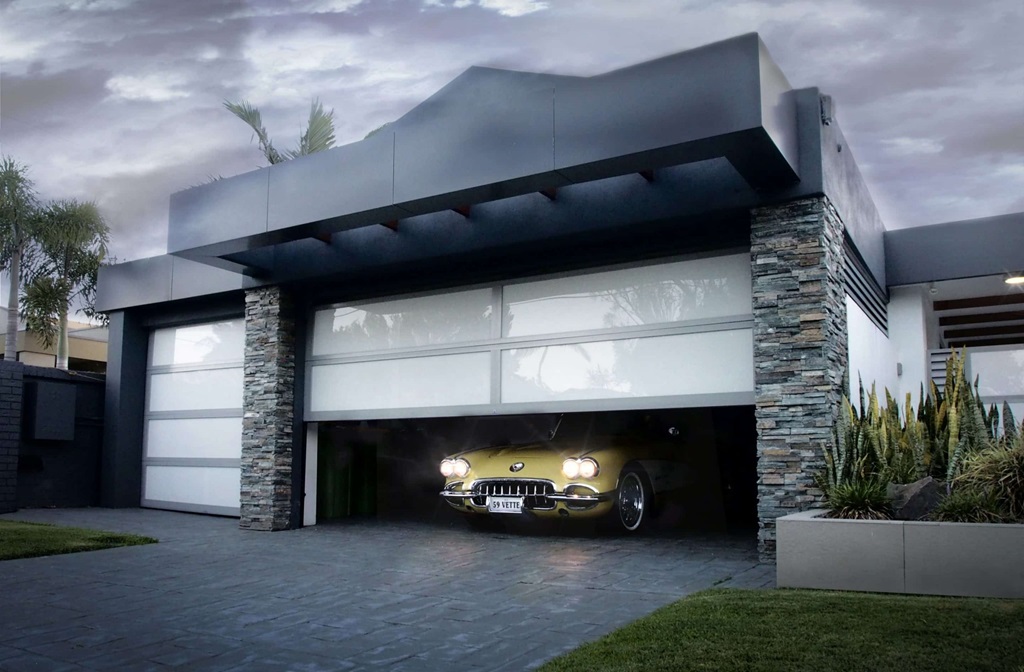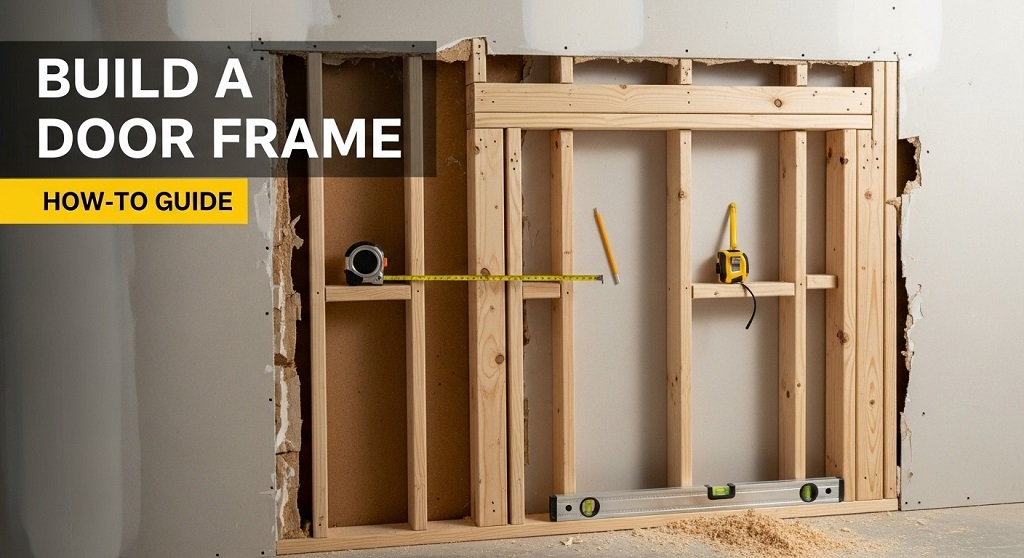How to Choose the Right Materials for Your Garage Repair Roof
When it comes to repairing your garage roof, choosing the right materials is crucial. The longevity and effectiveness of your fix depend on it. It’s important to approach the task like any other DIY project and select the appropriate tools for the job.
In this guide, we’ll provide you with valuable insights to help you choose the perfect materials for your garage roof repair. So, whether you’re using asphalt shingles, metal panels, or any other material, we’ve got you covered. By the end of this guide, you’ll have a better understanding of what to look for and how to make an informed decision that will ensure a long-lasting and safe repair.
Why Does Your Garage Roof Need Repair?
Garage roofs, like any other part of your home, can deteriorate over time due to various factors. Here are some common reasons why your garage roof might need repair:
- Age: Roofs don’t last forever. Depending on the material used, a typical garage roof can have a lifespan of 20 to 50 years. If your roof is nearing the end of its expected life, it’s time to consider repairs or even a full replacement.
- Weather: Mother Nature can be quite unforgiving. Constant exposure to rain, snow, wind, and sunlight can cause damage over time. Extreme weather events like storms and hail can also lead to immediate damage.
- Leaks: Persistent leaks can weaken the structure of your garage and damage your belongings. It’s crucial to address leaks promptly to prevent further deterioration.
- Poor Installation: If your garage roof was improperly installed, it can lead to problems down the line. Faulty installation can cause materials to shift or not function as intended.
- Neglect: Regular maintenance can extend the life of your garage roof. Neglecting it, on the other hand, can result in costly repairs.
Now that you understand why your garage roof may need attention, let’s get into the nitty-gritty of selecting the right materials for your repair project.
Step 1: Assess the Damage

Before you rush off to buy materials, take a good look at your garage roof. Assessing the damage will help you determine the scope of your repair project. Here’s what you should do:
- Inspect the Roof Surface: Climb up there safely and carefully examine the roof’s surface. Look for missing or damaged shingles, cracks, and areas where water might be infiltrating.
- Check for Structural Issues: Are there any signs of sagging or structural damage? Look for sagging areas or damaged rafters. Addressing structural problems is crucial before you move on to the surface repairs.
- Evaluate the Underlayment: If your garage roof has an underlayment (typically felt paper or synthetic material), check its condition. Damaged underlayment can compromise the roof’s integrity.
- Note the Type of Existing Roofing Material: What material is currently on your garage roof? Common options include asphalt shingles, metal, wood shingles, or clay tiles. Knowing this will help you choose compatible materials for repairs.
- Document Your Findings: Take photos or make a list of the issues you’ve identified. This will be handy when you’re discussing the project with professionals or shopping for materials.
Step 2: Determine the Repair Method
The extent of the damage will dictate the repair method you’ll use. Let’s break down the possible scenarios:
- Minor Damage: If your garage roof has only a few missing or damaged shingles and no structural issues, a simple patch-up job might suffice. You can replace the damaged shingles or use sealant to fill cracks.
- Moderate Damage: If the damage is more extensive, but the overall structure is sound, consider a partial roof replacement. This involves removing damaged sections and replacing them with new materials.
- Major Damage: In cases of severe damage, such as extensive water infiltration or structural issues, a full roof replacement may be necessary. This means stripping the old roof down to the sheathing and installing entirely new roofing materials.
Step 3: Select the Right Roofing Materials
Now that you’ve assessed the damage and determined the repair method, it’s time to choose the right materials. Garage roofs come in various styles and materials, each with its own advantages and disadvantages. Let’s explore some of the most common options:
Asphalt Shingles
Advantages:
- Affordable
- Easy to install
- Available in various styles and colors
- Suitable for most climates
Disadvantages:
- Limited lifespan (typically 20-30 years)
- Susceptible to algae and moss growth
- Prone to wind damage in severe storms
Best For: Moderate to mild climates with occasional harsh weather.
Metal Roofing
Advantages:
- Exceptional durability (50+ years)
- Resistant to weather, including hail and heavy snow
- Energy-efficient reflects heat
- Low maintenance
Disadvantages:
- Higher initial cost
- Can be noisy during heavy rain or hail
- May require professional installation
Best For: Areas with extreme weather conditions, where longevity and durability are essential.
Wood Shingles or Shakes
Advantages:
- Natural beauty and rustic charm
- Excellent insulation properties
- Can last 30-50 years with proper maintenance
Disadvantages:
- Vulnerable to fire (unless treated)
- Requires regular maintenance (staining or sealing)
- Higher cost compared to asphalt shingles
Best For: Mild climates and homeowners who appreciate the aesthetics of wood roofing.
Clay or Concrete Tiles
Advantages:
- Long lifespan (50+ years)
- Fire-resistant
- Low maintenance
- Excellent thermal insulation
Disadvantages:
- Heavy, may require additional roof support
- Expensive upfront cost
- Professional installation recommended
Best For: Dry and sunny climates, where the roof’s weight is not an issue.
Rubber Roofing (EPDM)
Advantages:
- Affordable
- Lightweight
- Easy to install for DIYers
- Resistant to UV rays and ozone
Disadvantages:
- Prone to punctures
- Less aesthetically pleasing than other options
- Requires periodic maintenance
Best For: Flat or low-slope garage roofs and budget-conscious DIYers.
Step 4: Consider Environmental Factors

Choosing the right roofing material also means considering your local climate and environmental impact. Let’s explore these factors in more detail:
Climate
- Rainy and Humid Climates: In areas with frequent rain or high humidity, choose materials that are resistant to moisture, like metal or asphalt shingles with algae-resistant coatings.
- Hot and Sunny Climates: Opt for materials that reflect heat, such as metal or light-colored roofing. This can help reduce cooling costs in your garage.
- Snowy and Cold Climates: Prioritize materials that can handle heavy snow loads, like metal or steep-slope roofs that encourage snow shedding.
Environmental Impact
- Sustainability: If eco-friendliness is a concern, consider roofing materials made from recycled or sustainable materials. Metal roofs, for example, are often recyclable and can be a green choice.
- Energy Efficiency: Some roofing materials, like cool roofs or those with reflective coatings, can help reduce energy consumption by keeping your garage cooler in hot weather.
Step 5: Budget Wisely
Your budget is a significant factor in choosing the right materials for your garage roof repair. While it’s tempting to go for the fanciest option, it’s essential to stay within your means. Here are some budgeting tips:
- Get Multiple Quotes: If you’re hiring professionals for the job, get quotes from different contractors. This will help you understand the costs involved and make an informed decision.
- Consider Long-Term Costs: While some materials have a higher initial cost, they may save you money in the long run due to their durability and low maintenance requirements.
- DIY vs. Professional Installation: If you’re a skilled DIYer, you can save money by installing the roof yourself. However, keep in mind that some materials may require professional installation to maintain warranties.
- Explore Financing Options: If your budget is tight, look into financing options or home improvement loans to spread out the cost over time.
Step 6: Consult with Experts
Don’t hesitate to seek advice from roofing professionals or home improvement experts. They can provide valuable insights into the specific needs of your garage roof. Here are some questions to ask them:
- What roofing material do they recommend for your climate?
- Can they provide a detailed cost estimate for the materials and labor?
- Do you need any structural repairs before addressing the roof surface?
- Are there any local building codes or regulations you should be aware of?
Step 7: Make Your Decision

Now that you’ve done your homework and considered all the factors, it’s time to make your decision. Choose the roofing material that best suits your garage’s needs, budget, and environmental factors. Once you’ve made your choice, you’re ready to embark on your garage roof repair journey.
Remember, the key to a successful DIY project is thorough preparation and attention to detail. Take your time, follow the manufacturer’s guidelines for installation, and prioritize safety throughout the process.
And there you have it – a comprehensive guide on how to choose the right materials for your garage roof repair. Whether you opt for asphalt shingles, metal roofing, wood shakes, or another material, your garage will soon be protected from the elements and look great!
Happy roofing, and may your garage be leak-free for years to come!
FAQs
- How do I know if my garage roof needs repair?
Look for signs of damage such as missing or damaged shingles, leaks, or sagging areas. If you’re unsure, it’s a good idea to have a professional inspection.
- Can I repair my garage roof myself?
It depends on the extent of the damage and your DIY skills. Minor repairs like replacing a few shingles can often be done by homeowners, but major repairs or full roof replacements may require professional help.
- What is the most budget-friendly roofing material for a garage?
Asphalt shingles are typically the most budget-friendly option. They are affordable and relatively easy to install.
- How long does a garage roof repair or replacement usually take?
The timeline depends on the scope of the project, the materials used, and the weather. Minor repairs may take a day or two, while a full roof replacement can take a week or longer.
- Are there any eco-friendly roofing options for a garage?
Yes, there are eco-friendly roofing materials available, such as metal roofs made from recycled materials or cool roofs with reflective coatings that reduce energy consumption. Consider these options if sustainability is a priority.













Post Comment